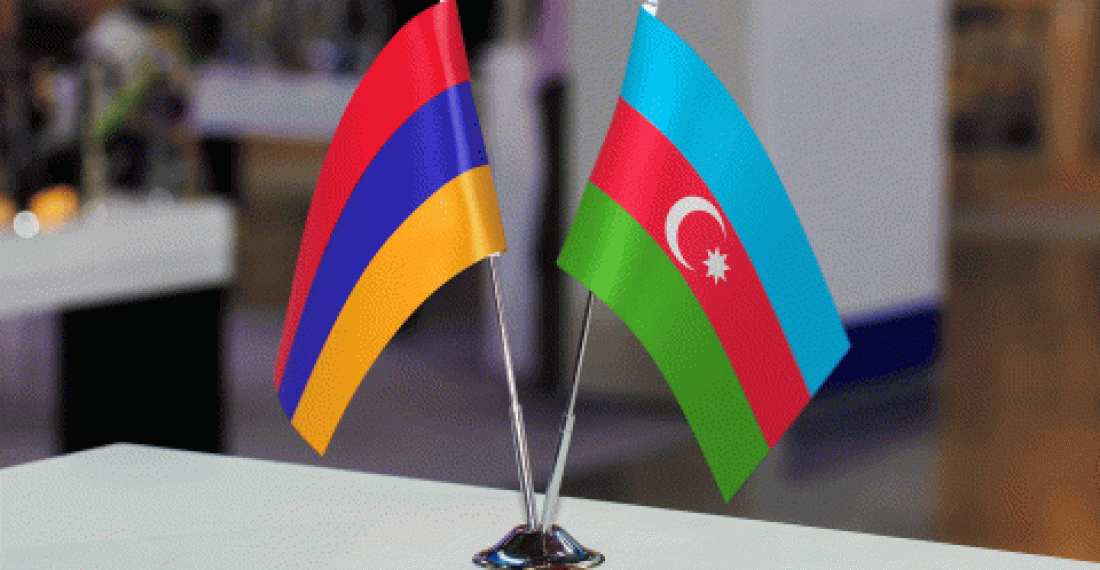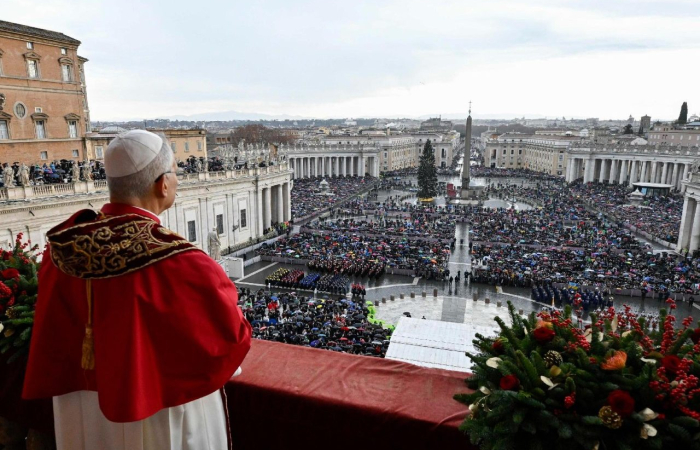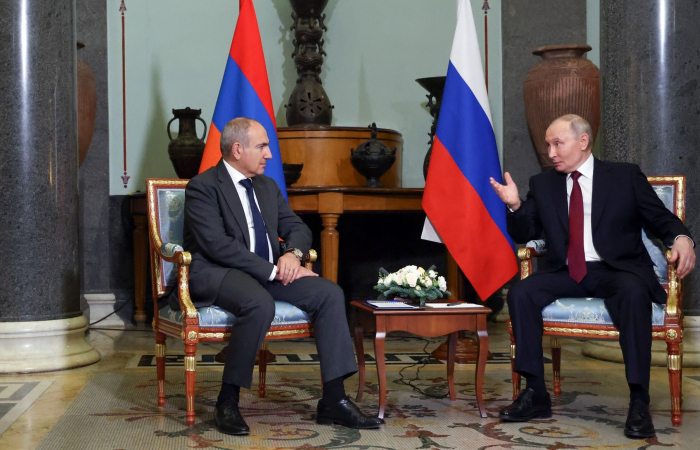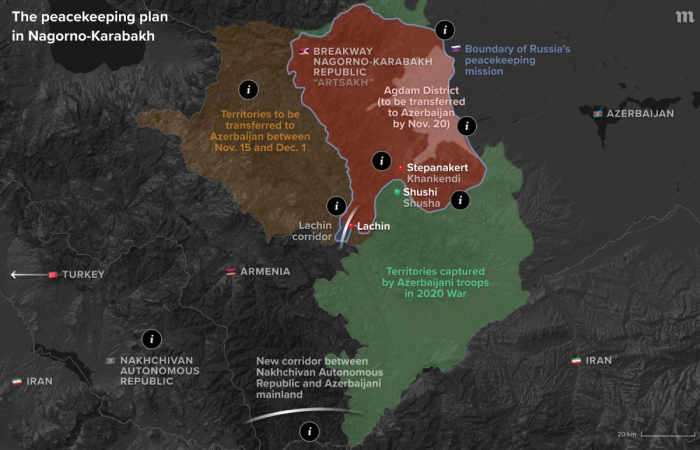The negotiation process between Armenia and Azerbaijan since 2022 has followed a recurring pattern: initial optimism for a peace agreement to be signed by year’s end, followed by disappointment as talks falter. The year 2024 was no exception, beginning with hopeful developments and concluding with unresolved disputes. In December 2023, Armenia and Azerbaijan signed a joint declaration in which Armenia supported Azerbaijan’s bid to host the COP29 climate summit in November 2024, and Azerbaijan released 32 Armenian prisoners of war. This gesture set a positive tone, with COP29 serving as an informal deadline for a peace agreement.
Progress and setbacks
In March-May 2024, the delimitation and demarcation of a 12.7-kilometer border section marked the first such development since 1991, albeit under the shadow of Azerbaijani threats of force. This seemed to validate positive expectations. In October 2024, the Armenian parliament ratified a regulatory framework for the delimitation commission, which Azerbaijan’s president also approved.
Germany and the United States led efforts to facilitate negotiations. The German chancellor organized a leaders’ meeting at the Munich Security Conference, and later ministers of foreign affairs met in Berlin. Then US Secretary of State Antony Blinken organized two meetings between the Armenian and Azerbaijani foreign ministers in July and September 2024 in the United States. Michael Carpenter, special assistant to the US president and senior director for Europe at the National Security Council, visited Azerbaijan and Armenia in October 2024. He delivered a letter from President Joe Biden urging the leaders to sign a peace agreement by the end of 2024.
The pinnacle of the bilateral negotiation process occurred in Kazan, Russia, during the October 2024 BRICS summit, where the Armenian and Azerbaijani presidents held bilateral talks. Prime Minister Nikol Pashinyan described the discussions as “quite positive.”
Armenian and Azerbaijani officials made various statements about the advance of negotiations, noting that much of the text had been agreed, with only a few unresolved issues remaining. The Armenian government repeatedly expressed its readiness to sign agreed articles as a peace document while continuing negotiations on the outstanding matters.
Despite this positive momentum, Azerbaijan continued to impose preconditions for signing the peace agreement. On November 4, 2024, just days before the COP29 summit, Farid Shafiyev, chairman of Azerbaijan’s Center of Analysis of International Relations, posted on his X account that three sticking points persisted: territorial claims in the Armenian Constitution regarding the Karabakh region, international legal disputes, and the deployment of third-country forces along the Armenia–Azerbaijan border.
In early 2024, President Ilham Aliyev demanded that Armenia formally request the dissolution of the Organization for Security and Cooperation in Europe (OSCE) Minsk Group and insisted on unrestricted Azerbaijani transit through Armenia to Nakhchivan, referencing the so-called “Zangezur corridor.” These demands likely remained in place.
Despite significant diplomatic efforts by the United States, no agreement was signed before or during COP29. Armenia did not send a delegation to the summit, reportedly because Azerbaijan refused to release additional Armenian prisoners of war.
Armenia sought to maintain a positive tone regarding the negotiations. On December 4, 2024, Prime Minister Pashinyan stated that 90% of the text had been agreed and expressed hope that negotiations would intensify. However, he did not provide a specific timeline for signing the document. The following day, during his speech at the OSCE Ministerial Council, Armenia’s foreign minister said that Armenia and Azerbaijan had agreed the preamble and 15 out of the 17 articles of the peace agreement.
Thus, Armenia and Azerbaijan will likely enter 2025 without a peace agreement unless a breakthrough occurs. While this may seem like a failure of negotiations and another lost year in Armenia–Azerbaijan relations, 2024 could have been far worse. Notably, it was the first year since 2020 without significant escalation. In 2021, Azerbaijan launched two incursions into Armenia proper. In September 2022, a major escalation saw Azerbaijani forces advance into Armenia.
In September 2023, Azerbaijan conducted a military operation against Nagorno-Karabakh, leading to the dissolution of the self-proclaimed republic and the forced displacement of Armenians. By contrast, 2024 saw only one major incident – an escalation near the village of Nerkin Hand in the Syunik region in February 2024, which resulted in the deaths of four Armenian soldiers.
Several factors contributed to the relatively calm year: Iran’s repeated statements opposing border changes, Armenia’s withdrawal from disputed territories in the Tavush region, the hosting of COP29 in Azerbaijan, and the deployment of the EU monitoring mission in Armenia. Given the recent history of Armenia–Azerbaijan relations, 2024 should not be viewed as a failure. While a peace agreement was not achieved, the absence of significant escalations marks an improvement.
However, some stabilizing factors present in 2024 may not persist in 2025. COP29 has concluded, and Iran’s capacity to influence regional geopolitics may diminish due to heightened tensions in the Middle East, including conflicts in Gaza and Lebanon and the ousting of President Assad in Syria. Actors invested in regional stability and security should continue to prioritize the South Caucasus and deliver an unequivocal message that any escalation is unacceptable. Such vigilance is necessary for 2025 to avoid becoming a year of regression rather than progress in Armenia–Azerbaijan relations.






